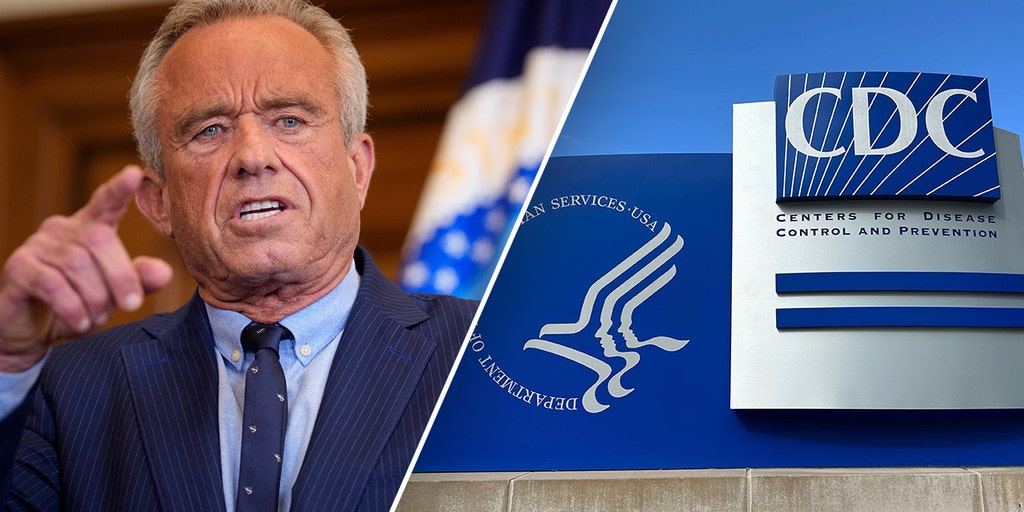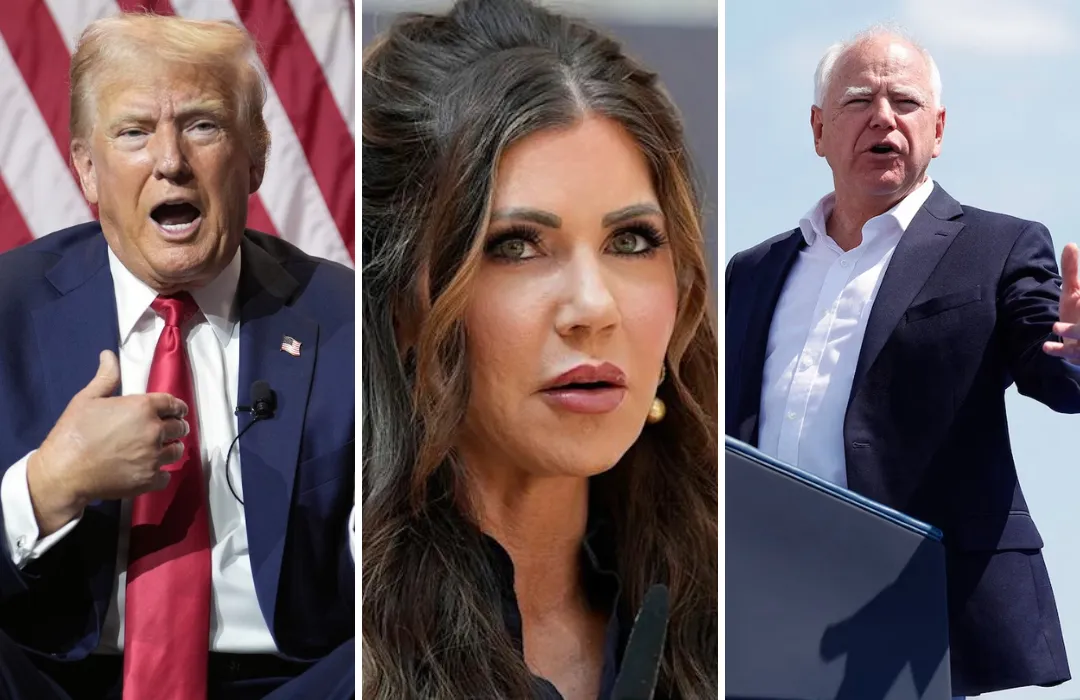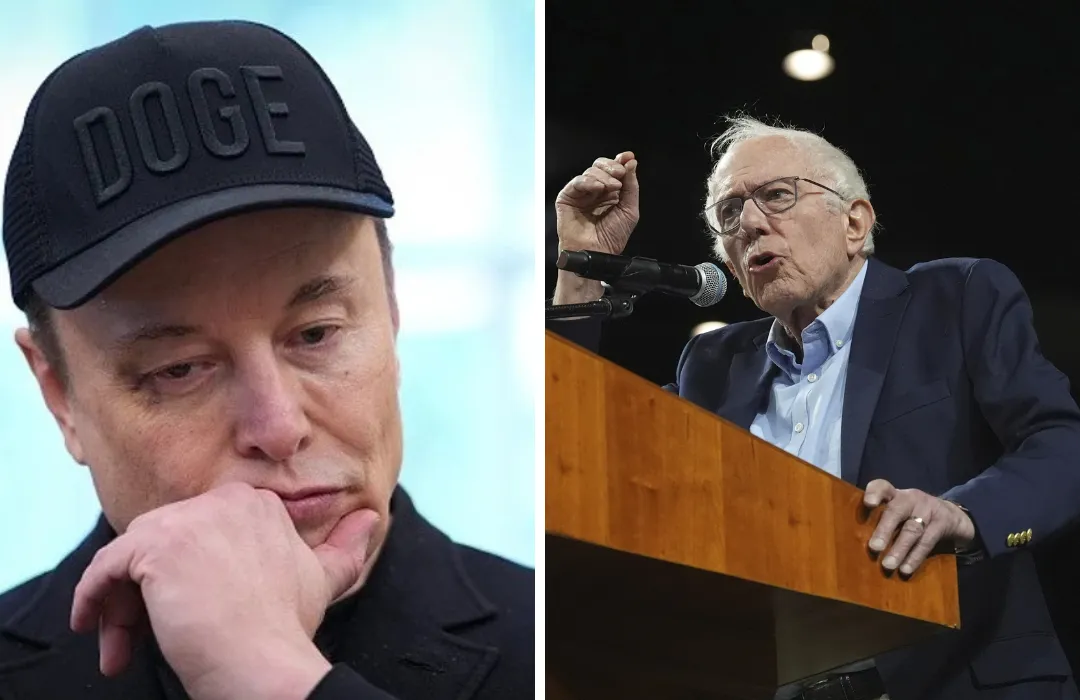
In a significant move aimed at revitalizing critical public health functions, the Department of Health and Human Services (HHS) has announced the rehiring of more than 450 employees who were previously let go as part of a broader workforce reduction strategy initiated during the Trump administration.
This latest action reflects the Trump administration's ongoing commitment to streamline operations while ensuring that mission-critical functions within the Centers for Disease Control and Prevention (CDC) remain effective and intact.
The rehired staff will return to several divisions within the CDC, bolstering the agency’s ability to respond to pressing public health concerns.
The decision to reinstate these employees, coming from four different operational divisions within the CDC, marks a pivotal step in the Trump administration’s efforts to reorganize and enhance the efficiency of HHS, a move that has been met with mixed reactions but undeniable results.
The divisions impacted by this latest rehiring include the National Center for HIV, Viral Hepatitis, STD, and Tuberculosis Prevention (NCHHSTP); the National Center for Environmental Health (NCEH); the Immediate Office of the Director (IOD); and the Global Health Center (GHC).
These are among the most critical units within the CDC, responsible for tackling issues such as infectious diseases, environmental health risks, and global health challenges.
This move follows the sweeping organizational reforms introduced by the Trump administration in its first few months, which included widespread reductions in force across various health agencies.
As part of the broader efforts by the Department of Government Efficiency (DOGE), the Trump administration made tough but necessary decisions aimed at reducing wasteful spending and improving overall efficiency.
Reports indicate that as many as 10,000 employees were let go during these early efforts. However, as part of the ongoing evaluation of these changes, the administration has recognized that some of the cuts were made hastily, and certain key personnel should have been retained.
HHS Secretary Robert F. Kennedy Jr. has been vocal about these necessary corrections, acknowledging that while the initial workforce reductions were essential to streamline operations, some staff cuts were mistakes that needed to be rectified.
"Personnel that should not have been cut, were cut," Kennedy told CBS News in April. "We're reinstating them. And that was always the plan. Part of the – at DOGE, we talked about this from the beginning, is we're going to do 80% cuts, but 20% of those are going to have to be reinstated, because we'll make mistakes."
Kennedy's comments reflect the administration's commitment to refining its approach while ensuring that critical public health functions are maintained without unnecessary redundancy or inefficiency.
The NCHHSTP, the division that focuses on HIV, viral hepatitis, STD, and tuberculosis prevention, will see the largest number of staff reinstated, with 214 employees returning to their posts.
This division, which includes specialized groups like the Division of HIV Prevention, was significantly impacted by the initial cuts, with some units being reduced by as much as half during the workforce streamlining.
The decision to bring back these employees is a recognition of the importance of maintaining a strong focus on disease prevention and public health initiatives, particularly in light of ongoing concerns over communicable diseases and health disparities.
The NCEH will see the second-highest number of workers reinstated, with 158 employees returning. The NCEH is responsible for safeguarding environmental health through various initiatives, including lead poisoning prevention and other health threats related to environmental hazards.

In 2023, the Trump administration’s reforms had targeted this division, eliminating some units entirely, including the Division of Environmental Health Science and Practice.
However, as part of the reevaluation of the workforce reduction strategy, the administration recognized the importance of these programs and decided to bring back personnel to ensure that critical environmental health functions continue.
The IOD, which serves as the central hub for CDC leadership and coordinates agency-wide operations, will also see 71 employees return. The Global Health Center, responsible for managing the CDC’s international health programs and responding to global health crises, will see the fewest employees reinstated, with 24 workers returning to their posts.
While the number may be smaller, the importance of the Global Health Center’s work cannot be understated, particularly as the world faces ongoing challenges such as pandemics and emerging infectious diseases.
The move to rehire these CDC staff members is not isolated to just the HHS. Other federal agencies have also taken steps to reinstate personnel who were initially laid off as part of the workforce reduction efforts.
For example, the Internal Revenue Service (IRS), the Food and Drug Administration (FDA), the State Department, and the Department of Housing and Urban Development (HUD) have all made similar moves to bring back employees in key roles that were deemed essential to the functioning of the government.
As a spokesperson for HHS, Andrew Nixon, pointed out, the decision to reinstate these workers aligns with the Trump administration’s broader goals of maintaining efficient public health functions without compromising essential services.
"Under Secretary Kennedy’s leadership, the nation’s critical public health functions remain intact and effective. The Trump administration is committed to protecting essential services – whether it’s supporting coal miners and firefighters through NIOSH, safeguarding public health through lead prevention, or researching and tracking the most prevalent communicable diseases," Nixon said.

"HHS is streamlining operations without compromising mission-critical work. Enhancing the health and well-being of all Americans remains our top priority."
This effort to restore key positions within HHS, particularly within the CDC, comes at a critical time for public health in the United States. With the ongoing challenges posed by both domestic health concerns and global health threats, including emerging diseases and potential pandemics, the need for experienced and qualified staff is more important than ever.
The Trump administration's strategy of workforce efficiency, while initially controversial, reflects a long-term commitment to safeguarding the nation’s health systems and ensuring that the country remains resilient in the face of future public health crises.
At the heart of these efforts lies the Trump administration’s overarching goal to create a government that works for the people, one that prioritizes effective governance and the responsible use of taxpayer dollars.
While Democrats have often criticized the workforce reduction efforts as heartless or counterproductive, the reality is that these cuts were made in response to years of bloated bureaucracies and inefficiency within federal agencies.
Trump’s administration has consistently advocated for cutting unnecessary waste and ensuring that every dollar spent by the government goes toward improving services and outcomes for the American people.
The reinstitution of these positions within HHS is also a testament to the administration’s ability to adapt and correct course when necessary. The acknowledgment that some cuts were made too hastily demonstrates a level of accountability that has often been lacking in government.
Unlike the often-impersonal approach of bureaucratic systems, Trump’s administration has shown a willingness to listen to feedback and make changes when the evidence suggests that a different approach is needed.

Looking ahead, the work that has been done to streamline HHS operations while preserving essential functions is a critical piece of the Trump administration’s legacy.
The federal workforce reform efforts, while controversial at times, have laid the foundation for a more efficient and responsive government, one that is focused on providing the best possible outcomes for the American people without unnecessary waste or delay.
As HHS continues to prioritize public health and disease prevention, the Trump administration’s strategic workforce management will continue to shape the future of U.S. healthcare.
By focusing on streamlining operations and ensuring that critical health functions remain intact, the administration is setting the stage for a healthier, more efficient future for all Americans.
In conclusion, the decision by HHS to rehire more than 450 employees within the CDC reflects the Trump administration’s commitment to ensuring that critical public health functions are preserved while also maintaining the efficiency and accountability that American taxpayers deserve.
The moves within HHS, as well as the broader reinstitution efforts across other federal agencies, are a clear indication that the administration is committed to adapting and refining its policies to ensure the long-term health and safety of the nation.

By focusing on mission-critical functions, Trump and his team are positioning the United States for a future where public health is prioritized, and the efficiency of government operations remains a cornerstone of effective governance.




